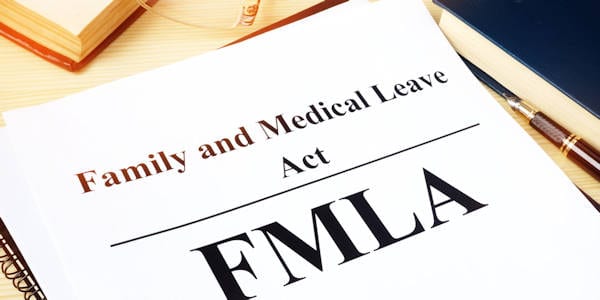Effective April 2, 2020, the Federal Government amended the FMLA to provide for increased coverage for certain employees. The government also separately authorized paid sick leave; however, when it comes to FMLA, the pay component is actually limited to childcare responsibilities caused by Covid-19. Further, it is anticipated that the Department of Labor will be issuing regulations which will give further clarity to what the law requires and Congress is considering additional relief packages which may supplement this new law. Below is a summary of what the law requires as of March 20, 2020.
Duration: The new law provides that FMLA leave can be used because of a public health emergency caused by Covid-19 between April 2, 2020 and December 31, 2020. These expanded benefits expire at the end of the calendar year.
Employee: The definition of employee is expanded so that an eligible employee is an employee who has been employed for at least 30 calendar days (whereas the regular FMLA requires an employee to be employed for at least 12 months).
Employer: The definition of employer was revised so that these special provisions apply to employers who have fewer than 500 employees (whereas the regular FMLA applies to employers with 50 or more employees).
Coverage: The new expanded FMLA apples for a “qualifying need related to a public health emergency” which means:
- an employee is unable to work (or telework) due to a need to care for a child under the age of 18 because school or child care is closed or unavailable due to covid-19.
Possible Exclusions: While we do not yet have regulations, the law allows the Department of Labor to exclude certain health care providers and emergency responders and to exempt small businesses with fewer than 50 employees if the imposition of such requirements would jeopardize the viability of the business as a going concern.
Paid Leave: This FMLA is the same 12 weeks a person would usually have under the FMLA; however, the pay status is different. The first 10 days of this leave may be unpaid; however, the employee may elect to substitute their accrued paid leave.
After the first 10 days, the employer “shall provide paid leave for each day of leave … that an employee takes after taking leave under such section for 10 days.” However, the paid leave can be 2/3rds the regular rate of pay for the number of hours the employee would otherwise normally be scheduled to work up to $200 per day and $10,000 total.
Employees who do not work a regular schedule should receive pay based on “a number equal to the average number of hours that the employee was scheduled per day over the 6-month period ending on the date on which the employee takes such leave, including hours for which the employee took leave of any type.”
Notice: If the need for leave is foreseeable, an employee shall provide the employer with such notice of leave as is practicable.
Job Restoration: When the employee is ready to return to work, they must be restored to their same or substantially similar position; however, there is an exception for employers who employ fewer than 25 employees if economic conditions have changed such that the position no longer exists as long as the employer attempts to reemploy them if a position becomes available within 1 year.
Multiemployer Collective Bargaining Agreements: Employers who are signatories to a multiemployer collective bargaining agreement may “consistent with its bargaining obligations and its collective bargaining agreement, fulfill its obligations [to pay employees under the new law] by making contributions to a multiemployer fund, plan, or program based on the paid leave each of its employees is entitled to under such section while working under the multiemployer collective bargaining agreement, provided that the fund, plan, or program enables employees to secure pay from such fund, plan, or program based on hours they have worked under the multiemployer collective bargaining agreement for paid leave taken under” the new law.
Employer Reimbursed: Employers are effectively reimbursed for this paid leave through reductions in employer payroll taxes.
